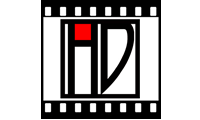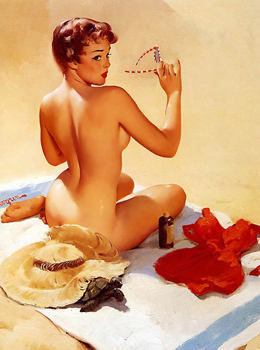Product Description
Christian Vogt, Nude Female from the “Red Series”, Dye Transfer photograph 1976


CHRISTIAN VOGT (b.1946) Switzerland
Nude Female from the “Red Series” 1976
Dye Transfer photograph
(continuous-tone color photographic printing process).
Matte black and gold wood frame
Signed on back
Photograph illustrated: Christian Vogt: Photographs, The Master Collection, Vol. 1, by Davis Sue (Geneva: Roto Vision, 1980)
Marked: Print no. 12/33 1976
Framed: H: 21 5/8” x W: 17 7/16”
Price: $17,500
Christian Vogt has exhibited internationally at venues including The Photographer’s Gallery, (London), the ICP (New York), the Kunsthaus (Zürich), the Yajima Gallery (Montreal), the Tel Aviv Museum (Isreal), the Rencontres Internationales (Arles), the Centre Pompidou (Paris), the Galerie Watari (Tokyo), the Preuss Museum (Norway), the Edwynn Houk Gallery (Chicago), the CCD Galerie (Düsseldorf) and the Kunstmuseum (Hannover) among many others.
His photography is included in numerous important collections such as the Bibliotheque Nationale (Paris), the Swiss Foundation for Photography (Winterthur), the Musée de l’Elysee (Lausanne), the Modern Museet (Stockholm), the Tel Aviv Museum (Tel Aviv) and the Polaroid Collection (Cambridge, USA). He currently resides in Basel, Switzerland.
Christian Vogt, Nude Female from the “Red Series”, Dye Transfer photograph 1976
You must be logged in to post a comment.
WERNER ROHDE (1906-1990) Germany
Self-portrait 1926
Silver gelatin print, ebonized wood frame
Signed: Werner Rohde 1926 (pencil signature and date on back on photo); inv. 3RMG 1081.27
Photo: H: 6 13/16” x W: 4 15/16”
Framed: H: 16 5/16” x W: 14 3/8”
Price: $38,000
Werner Rohde’s visual play with the animate and inanimate draws him close to the aesthetics of the surrealists while maintaining a strong alignment with Germany’s new-vision avant-garde. Rohde experimented widely with double exposures, photomontage, perspective and dramatic lighting that reflected his interest in filmic effects. The son of a glass painter (a medium he would turn to later in life), Rohde took up photography during his studies at the Arts and Craft School in Halle. Like Kesting, Willy Zielke and Kretschmer, he participated in the 1929 ‘Film und foto’ exhibition in Stuttgart that remains one of the historical focal points for Germany’s new photographic vision. Despite this early recognition of his work, Rohde fell into obscurity after the war until the rediscovery of his photographs in the mid 1970s.
Rohde’s fascination with the play between life and lifeless, animate and inanimate, has strong reverberations with surrealism. Masks, mannequins and paper models were used in his photographs to illuminate the uncanny. They were also employed in his self-portraiture in which he mimicked his idol Charlie Chaplin. These techniques of visual illusion provided a mnemonic tool for the images of his wife in which she is posed and photographed to resemble a doll or mannequin. In the act of art imitating life, ‘Wachspuppenkopf’ is uncanny in its mimicry of the human form with realistic teeth, eyes, skin and even the unusual detail of small wrinkles under the eyes. The downward angle, lighting and odd doubling of the neckline utilizes standard surrealist methods to infer life and movement.
KARL SCHMIDT (b. 1948) Vienna
HAGENAUER WERKSTÄTTE Vienna
Sculpture c. 1965
Handwrought sterling silver repoussé in the form of a nude with blowing hair
Marks: SCHMIDT WIEN MADE IN AUSTRIA 925 (silver standard) KS (artist initials)
For more information see: Metallkunst, Karl H. Bröhan (Berlin: Bröhan Museum, 1990) pp. 200-205; Werkstätte Hagenauer 1898-1956, (Vienna: Österreiches Museum für angewandte Kunst).
H: 17 1/4″ x W: 12″ x D: 2 3/4”
Price: $17,500

Reviews
There are no reviews yet, would you like to submit yours?